If we want students to feel empowered to take charge of their own learning, then student-centered learning experiences are essential. How do we create classroom environments that honor students’ voices and encourage active collaboration in the classroom?
Although highly structured, teacher-controlled lessons can be effective in helping all students meet a learning target, these types of lessons don’t always allow for rich and meaningful student participation.
Several other instructional approaches can be used to foster this kind of participation, including project-based learning, cooperative learning, and service learning. All three of these methods can be thoughtfully structured to create an environment where students are engaging as a community, taking on meaningful roles, and striving for real-world, performance-based outcomes.
Finally, rather than defaulting to lectures and individual seat work, teachers can consciously weave in opportunities for students to share their day-to-day thinking with one another in a variety of classroom participant structures such as a think-pair-share or a fishbowl discussion. Students can also regularly use think alouds in pairs or small groups as they attempt to solve problems or understand texts.
5. Foster ongoing and active student reflection on learning
Another way students can direct their own educational experience—and end up learning more—is by establishing personally relevant learning goals and actively engaging in ongoing self-assessment.
There are several concrete ways that students can take the reins in monitoring and reflecting on their learning.
Portfolios. When students assemble portfolios of their work, problem solve around their challenges, and assess their growth relative to personal learning goals, they are more empowered in the learning process.
Multiple intelligences. If we help students to identify their capacities relative to multiple intelligences, we can collaborate with them to design personalized assessments that capture their performance and learning.
